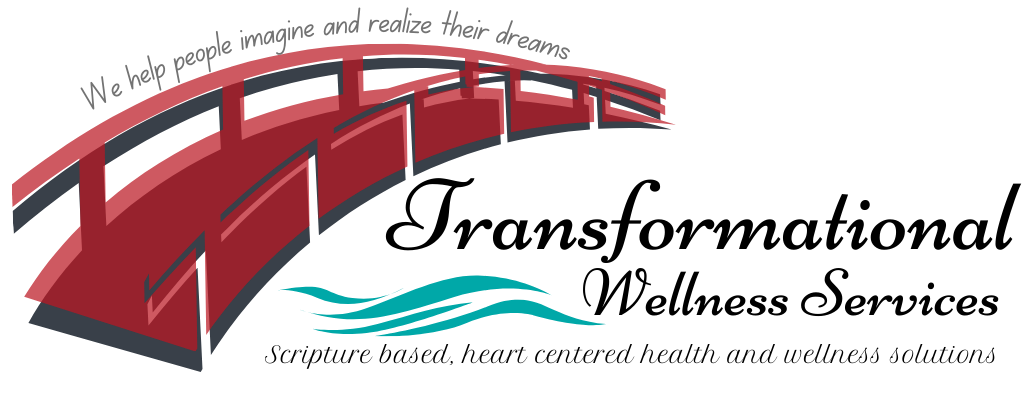What a challenge you have picked for yourself! Will it be easy? Not exactly but neither is this an impossible task. Think of it as a worthy challenge. Healthcare today is an ever-changing landscape driven by “big pharma” and insurance. However, it is the public who are demanding better health options focusing on wellness and not illness. We are dealing with an opioid crisis and everyone in the healthcare arena is waking up to this addiction problem created by easy drugs. So if you want to introduce essential oils into this marketplace—know the landscape and the issues facing healthcare today. In fact—I believe this is a great opportunity to offer non-addicting substances for common problems like pain and discomfort.
Did you know that the latest statistic shows that 61% of Americans are paying out of pocket for some form of complementary healthcare? The most common clinical conditions for seeking CAM services (Complementary and Alternative Medicine) are back problems, allergies, fatigue, arthritis, and headaches. Some hospitals are offering biofeedback and relaxation, counseling and psychotherapy, behavioral medicine, and diet and exercise. Integrative Medicine services provide music therapy, massage, reflexology, and mind-body therapies. Wouldn’t you like to see aromatherapy as one of those offerings?
Aromatherapy or use of essential oils has traditionally been viewed as falling under Natural Products representing 17.7% of CAM approaches according to a report put out by NIH. Of course this category includes a variety of products like herbs, botanicals, vitamins, minerals, and probiotics. The FDA does not classify essential oils as a CAM service. According to them, essential oils are either dietary supplements or cosmetics and therefore cannot be considered a CAM service with the purpose of healing or ameliorating some discomfort or illness. What do hospitals think about this? For many years, hospitals and other health care institutions have considered aromatherapy to be a CAM service. However—they don’t want to be on the wrong side of the FDA.
Our task is to present the case for essential oils as a supportive role in healthcare—and we need to do it in a business approach without making medical or drug claims. First and foremost—essential oils can save healthcare money so we present the case for oils with a cost-benefit analysis in mind. Second, the oils will improve staff morale, decrease staff turnover, and improve patient quality care and satisfaction. It’s not enough to have a dream and a vision of how healthcare might look in the future—we need a strategy to get there.
I’ve got lots of tips on how to approach the powers-that-be at your local healthcare institution but I can’t put 102 pages into a blog! You can find out more when you get my book How to Get Essential Oils into HealthCare Settings. I’ve revised it in FDA compliant language so you won’t get yourself into trouble saying the wrong thing about essential oils. You can pick up this book on my website. Just go to books and look for it there.
